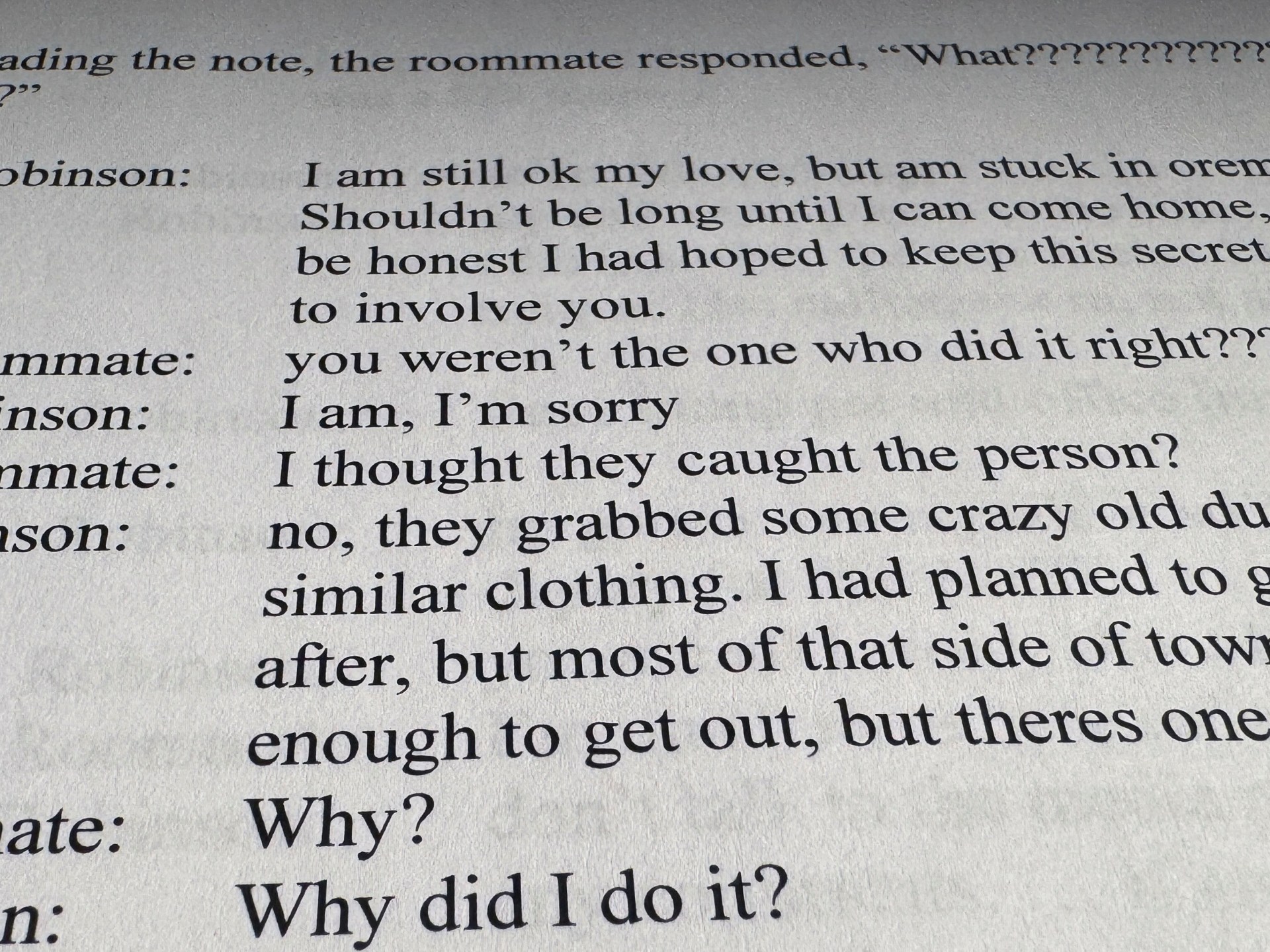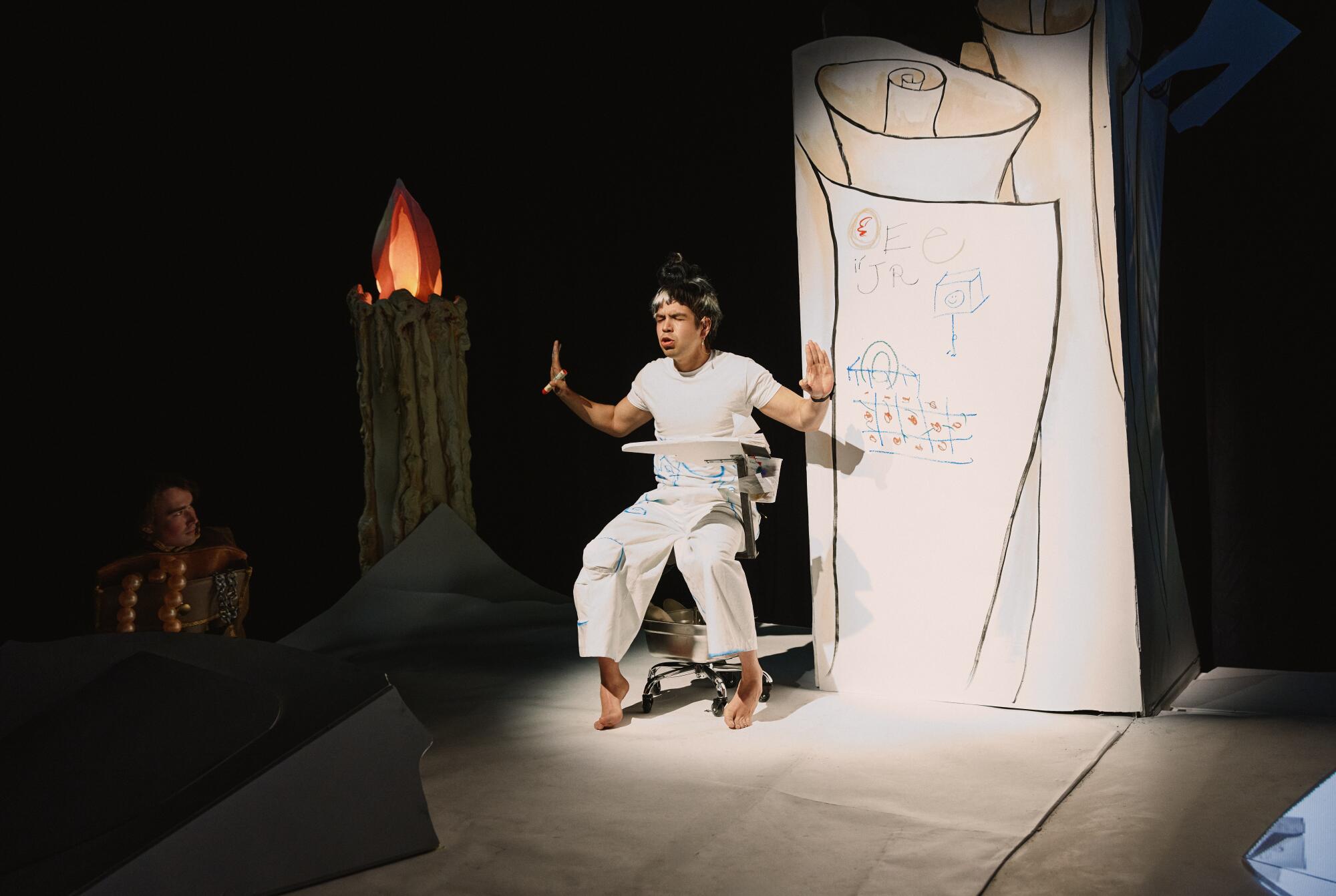‘A script’: Texts of alleged Charlie Kirk killer fuel conspiracy theories | Politics News
The deluge of conspiracy theories began almost the moment authorities revealed the text messages allegedly sent by the suspected assassin of right-wing American activist Charlie Kirk.
After prosecutors in the US state of Utah published alleged text exchanges between 22-year-old Tyler Robinson and his romantic partner on Tuesday, countless social media users, including numerous prominent influencers, cast doubt on their authenticity.
Recommended Stories
list of 4 itemsend of list
Some outright claimed that the texts, in which Robinson appears to confess to killing Kirk, had been fabricated by authorities.
Many of the posts suggested that the language and tone of the exchanges did not match someone of Robinson’s age, and the account of the shooting was too forthcoming and detailed to be believable.
Notably, at a time of extreme political polarisation in the US, the conspiracy theorising united figures on the left and right.
Matt Walsh, a right-wing commentator and podcast host with millions of followers on X and YouTube, suggested the exchanges had been scripted to absolve Robinson’s transgender partner of any involvement in the shooting.
“This feels like a strategy they cooked up from watching too much TV,” Walsh said on X.
Utah Governor Spencer Cox has said that the partner, described as a “male transitioning to female”, had no advance knowledge of the crime and has been cooperating fully with authorities.
Steven Bannon, US President Donald Trump’s former adviser, said on his podcast that he was “not buying” the texts, describing them as “too stilted, too much like a script”.
On the other side of the political spectrum, Majid Padellan, a progressive influencer who goes by Brooklyn Dad Defiant on social media, said he did not believe for “one second” that the texts had been written by Robinson.
“I didn’t know him personally, but I know that no 22 year old writes text messages like this,” Padellan said on X.
“This feels like that Steve Buscemi skateboard meme ‘How do you do, fellow kids?”’
Liberal commentator Joanne Carducci, who posts under the moniker JoJoFromJerz, noted that the official narrative around the assassination had prompted rare agreement across the ideological divide.
“No one is buying these text messages. No one on the left or the right,” Carducci said on X.
“We cannot agree on a damn thing anymore. But we agree on this. If that doesn’t speak volumes, nothing does.”
The Utah County Attorney did not respond to a request for comment about the claims online.
Speculation and conspiracy theories have become a routine feature of the reaction to high-profile acts of violence in the US in the polarised and trigger-happy landscape of social media and online forums.
After a gunman shot dead a Minnesota state lawmaker and her husband in June, right-wing conspiracy theorists claimed that the shooting had been perpetrated by a left-wing extremist or carried out on behalf of the state’s Democratic governor, Tim Walz.
The alleged gunman, Vance Boelter, espoused staunchly conservative views on issues including abortion and LGBTQ rights.
The 2022 mass shooting in Uvalde, Texas; the 2018 high school shooting in Parkland, Florida; and the 2017 Las Vegas shooting all spawned right-wing conspiracy theories, including the claim that the attacks had been staged to give the US government a pretext to curtail gun rights.
While many conspiracy theories have been driven by a particular ideological faction, Kirk’s assassination is the latest event to fuel unfounded claims with “cross-ideological appeal”, said Eric Oliver, a professor of political science at the University of Chicago who studies conspiracy theories.
Claims about Robinson fit the mould of theories about the late financier and sex offender Jeffrey Epstein and the pharmaceutical industry, which also cut across partisan and ideological lines, Oliver said.
“People are also really emotionally charged by this, both on the left and the right, and will often gravitate to stories that rationalise their fear, rage, or feelings of powerlessness,” Oliver told Al Jazeera.
The “extraordinary circumstances” of Kirk’s murder, including a relative lack of information about Robinson, had also left a vacuum that was being filled by people “already suspicious of anything either the government does or this administration does”, Oliver added.
The transcripts of Robinson’s alleged texts released by prosecutors provided some of the clearest indications yet of a possible motive for assassinating Kirk, who was lauded by conservatives but seen as an inflammatory figure on the left for his right-wing stances on immigration, abortion and transgender rights, among other issues.
Robinson allegedly told his partner that he had “had enough” of Kirk’s “hatred” and “some hate can’t be negotiated out”.
Authorities previously announced that they recovered bullet casings inscribed with a number of politically-charged and internet subculture-influenced messages, including “Hey fascist! Catch!”
Prosecutors, who allege Kirk was targeted over his “political expression”, have charged Robinson with aggravated murder and six other charges.
That the released details of Robinson’s alleged communication with his partner after Kirk’s assassination have only further fuelled conspiracies is not surprising, suggest experts.
“Many people have a worldview in which conspiracies are going on all the time and explain our social and political circumstances – those people believe lots and lots of conspiracy theories and exist on both the right and left,” said Joseph Uscinski, a professor of political science at the University of Miami, whose research focuses on conspiracy theories.
And though conspiracy theorising has become rampant on social media, the platforms themselves are not the problem, Uscinski said.
“People have worldviews; some of those worldviews make conspiracy theories easy to believe, whether those people are on social media or not,” he told Al Jazeera.
“Conspiracy theories existed long before social media and may have been more prominent then. We have to remember that people seek out content on social media that they like; they are not necessarily persuaded by social media content as much as they are attracted to content that tells them what they already believe.”







